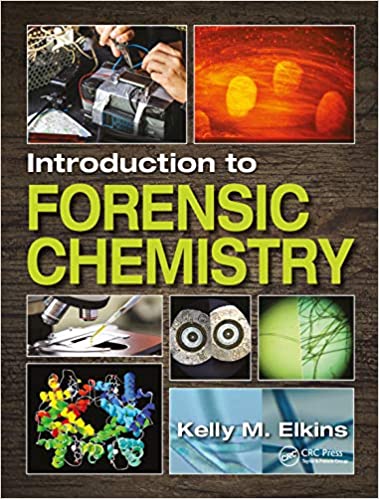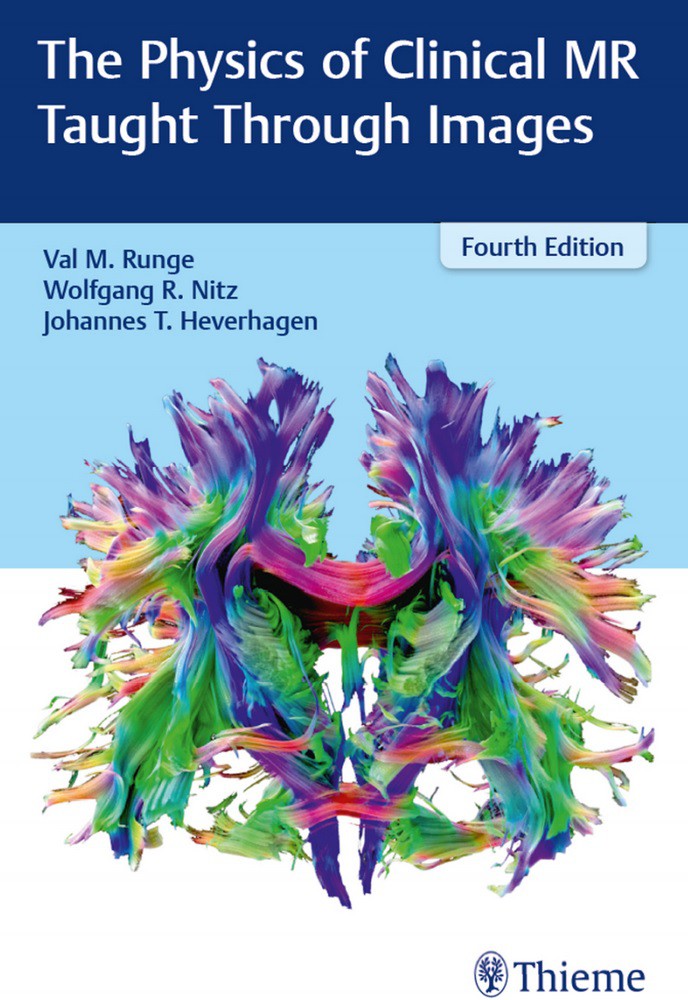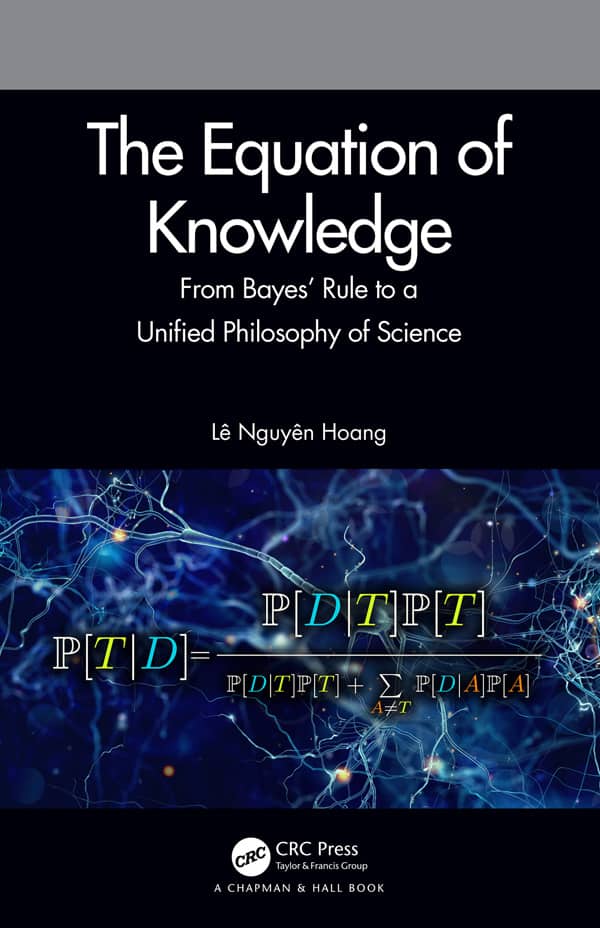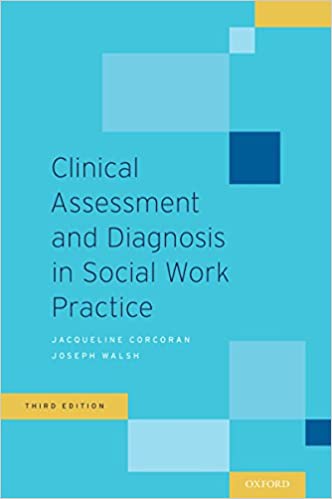Category: E-Books
Forensic chemistry is a subdiscipline of forensic science, its principles lead the analyses performed in modern forensic laboratories. Forensic chemistry’s roots lie in, toxicology, medico-legal investigation, and microscopy and have since led the advancement of modern forensic analytic techniques and practices for use in a range of applications. Elkins’ Introduction
Anthropology of Infectious Disease, (PDF) synthesizes the thriving field of anthropology of infectious disease in a biocultural, critical framework. Expert medical anthropologist Merrill Singer holistically combines the behaviors of microorganisms and the activities of complex social systems, presenting how we exist with pathogenic agents of disease in a complicated process
The Physics of Clinical MR Taught Through Images 4th Edition (PDF) by Val Runge, Wolfgang Nitz, and Johannes Heverhagen presents a unique and highly practical approach to understanding the physics of magnetic resonance imaging. Each physics topic is described in user-friendly language and accompanied by very high-quality graphics and/or images.
The Equation of Knowledge: From Bayes’ Rule to a Unified Philosophy of Science (PDF) familiarizes readers with the Bayesian approach to science: teasing out the relationship between probability and knowledge. The author struggles to make this ebook accessible to a very broad audience, suitable for students, professionals, and academics, in
In Clinical Assessment and Diagnosis in Social Work Practice, 3rd edition, (PDF), seasoned practitioner-scholars Joseph Walsh and Jacqueline Corcoran provide an in-depth exploration of 14 major mental disorders that social workers commonly see in practice, including anxiety disorders, bipolar disorder, depression, and schizophrenia. They skillfully integrate several perspectives in order





